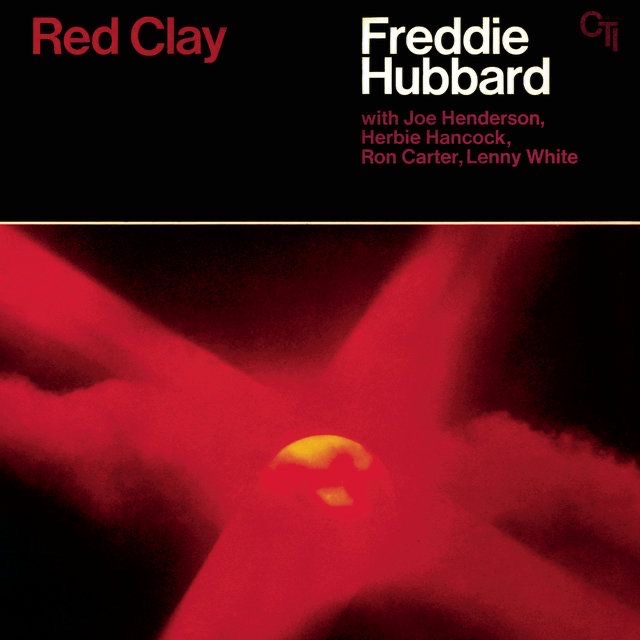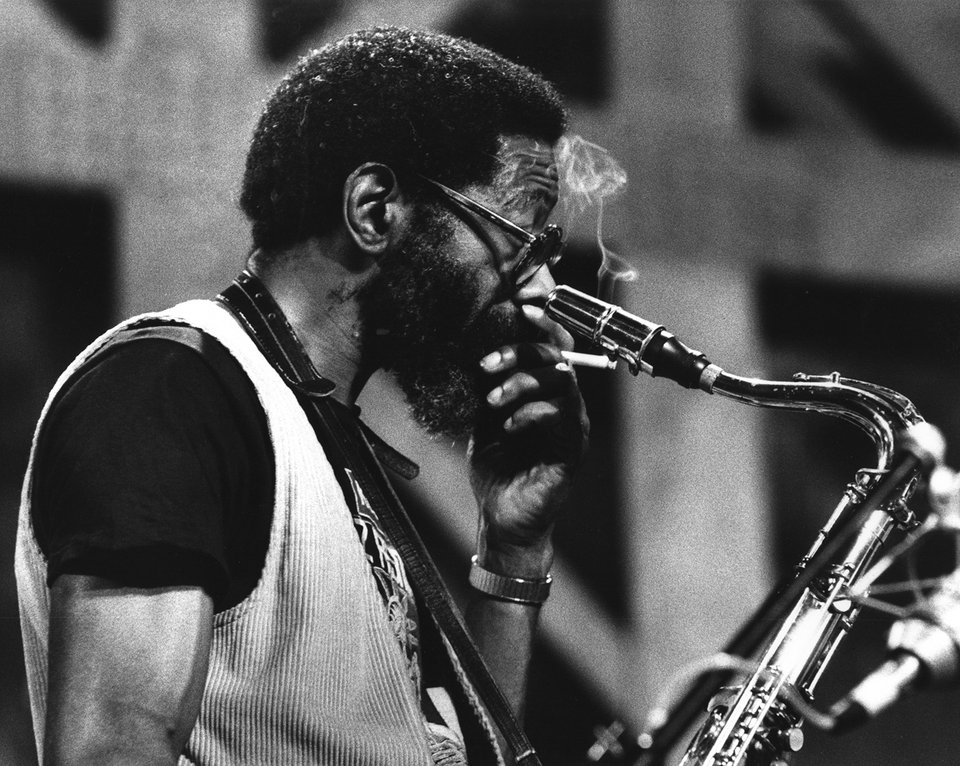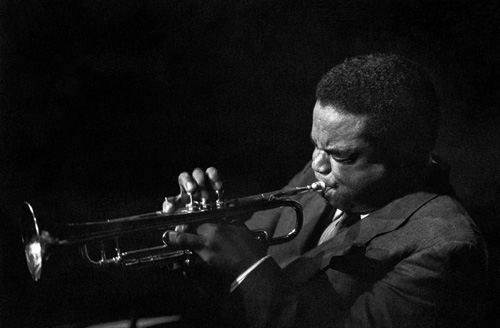Dive into the Power & Passion of ‘Tenor Madness
In the vast panorama of jazz, Sonny Rollins’ “Tenor…
“Red Clay,” the breakthrough album by Freddie Hubbard, epitomizes jazz evolution at its finest. Listen closely. You’ll find every note to be a sonic innovation that tells its own unique story. The eponymous track, “Red Clay,” emerges from your speakers like a Phoenix, expressing the visceral essence of soul, funk, and hard bop colliding with jazz fusion.

The year was 1970. Jazz was riding the tides of change. Hubbard, alongside his band of jazz virtuosos, convened at the acclaimed Van Gelder Studio. The revered CTI Records, their banner. For three consecutive days in late January, a timeless creation was carved into the annals of music history. The studio, known for capturing the very soul of jazz, served as the crucible for this transformative record.
Hubbard, the trumpet maestro himself, entered the studio with a decorated career. An alumnus of Art Blakey’s Jazz Messengers, he was a hard bop stalwart. But, Freddie was not one to stagnate. “Red Clay” marked a pivotal shift in his musical trajectory. From the heart of hard bop, he dared to venture into the realms of soul, funk, and jazz fusion.

Joe Henderson, the tenor saxophonist on this journey, was no stranger to the avant-garde. His tone, rich and emotive, was the voice of numerous Blue Note classics. Fresh off collaborations with Horace Silver and Andrew Hill, he brought a daring, innovative approach to “Red Clay.”

Then there was Herbie Hancock. The keyboard prodigy was at a crossroads. His acoustic past was merging with a funky, electric future. The making of “Red Clay” saw him straddle these two worlds. It gave us a glimpse of the path he would later trailblaze.

Ron Carter, the bassist, was an epitome of versatility. His resume spanned from the second Miles Davis Quintet to countless studio recordings. However, “Red Clay” would challenge his preference for the acoustic bass, coaxing him towards an electrified tone.

Lenny White, the young drummer, had recently debuted on Miles Davis‘ “Bitches Brew.” Aged twenty, he was the novice among veterans in the “Red Clay” session. Yet, his performance was nothing short of stellar.

“Red Clay,” the title track, is a breathtaking journey. The tune, initially serene, gradually unfurls into a powerful expression of raw, rhythmic energy. Hubbard’s trumpet soars majestically above the pulsating rhythm section. It’s not merely a song. It’s a personal favorite, an experience.
Then there’s “Delphia,” a melodic testament to the timeless beauty of hard bop. Henderson’s saxophone eloquently converses with Hubbard’s trumpet, creating an engaging musical dialogue. The rhythm section interlocks seamlessly, underscoring this beautiful exchange.

“Suite Sioux” is a canvas of varying musical colors. Hancock’s keyboard work paints abstract patterns while Hubbard’s trumpet brings vibrant strokes of melody. A beautiful testament to the synergy of these musicians.
Lastly, “The Intrepid Fox.” A high-energy piece, featuring dynamic solos from Hubbard and Henderson. White’s drums underscore the track with youthful vitality, capturing the spirit of jazz fusion.
This album is an exploration. It navigates the crossroads of hard bop, soul, funk, and jazz fusion. The musical themes are diverse. From the blues-infused “Red Clay” to the funk-laden “The Intrepid Fox,” each track captures a unique musical persona. It’s an auditory journey worth taking.
Upon its release, “Red Clay” broke barriers. It was a testament to the endless possibilities of jazz. Critics applauded Hubbard’s innovative blend of traditional jazz forms with contemporary styles. The audience embraced this bold venture into uncharted musical territories. “Red Clay” left an indelible mark, shaping the trajectory of jazz fusion in the 70s.
Today, “Red Clay” holds its stature as a classic. It’s not merely an album; it’s a musical time capsule. Critics revere it for its audacity. The listeners cherish it for its captivating soundscape. This genre-defining album continues to captivate the hearts of jazz lovers across generations.
Current musicians regard “Red Clay” as a guiding beacon. Its bold fusion of styles serves as a blueprint for modern jazz compositions. Artists like Ambrose Akinmusire and Keyon Harrold have expressed their admiration for Hubbard’s work. They channel his innovative spirit in their music, continuing the legacy of this monumental album.
In conclusion, Freddie Hubbard’s “Red Clay” stands as a testament to the transformative power of music. It encapsulates the essence of a musical era, beautifully bridging the old and the new. It’s more than just an album; it’s a sonic journey. A journey that began in 1970 and continues to this day, reminding us of the endless possibilities of jazz. This, dear reader, is the enduring magic of “Red Clay”.